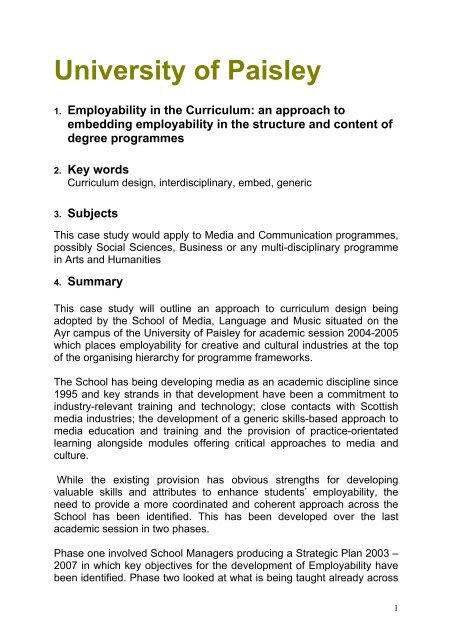
Kirschner, P.A.: Using integrated electronic environments for collaborative teaching/learning. Tejedor, F., Muñoz-Repiso, A., Costa, E.: Avaliação da integração de plataformas e-learning no ensino secundário. Rev. Gil, A.: Como elaborar projetos de pesquisa, 4ª edn. Yin, R.: Pesquisa estudo de caso-desenho e métodos, 2ª edn. The New Media Consortion, Austin, Texas (2015) Johnson, L., Estrada, S.A., Becker, V., Freeman, A.: Horizon Report, Edição Educação Básica 2015. In: Handbook of Research on Technology Tools for Real-World-World Skill Development, pp.

Harmes, J.C., Welsh, J.L., Winkelman, R.J.: A framework for defining and evaluating technology integration in the instruction of real-world skills. Narcea, Madrid (2006)įelder, R., Brent, R.: Understanding student differences. Serna, M.: Enseñanza Virtual para la Innovación Universitaria, 2a edn. Universidade Salamanca, Tese de Doutoramento (2010)Ībreu, A., Afonso, A.P., Carvalho, J.V., Rocha, Á.: The electronic individual student process (e-ISP). Ĭosta, E.: Avalição da integração de plataformas e-learning no ensino secundário. CERC Studies in Comparative Education, vol. (eds) School Knowledge in Comparative and Historical Perspective. In: Benavot, A., Braslavsky, C., Truong, N. Nuhoğlu Soysal, Y., Wong, S.Y.: Educating future citizens in Europe and Asia. García-Valcárcel, A., Basilotta, V.: Evaluación de una experiencia de aprendizaje colaborativo con TIC desarrollada en un centro de Educación Primaria. To find out more case studies, you can read our 31 Digital Transformation Case Studies and Success Stories article. As a result, we’ll go over two digital transformation case studies. Retrieved from Ībreu, A., Rocha, Á., Cota, M., Carvalho, J.V.: Caderneta Eletrónica no Processo Ensino-Aprendizagem: Visão de Professores e Pais de alunos do ensino Básico e Secundário. Case studies can help executives understand the benefits of complex topics and inspire them to take new actions. Wiley, United Kingdon (2010)īates, A.: Teaching in a digital age: Guidelines for designing teaching and learning.

University Press (2001)Ĭastells, M.: The Power of Identity: The Information Age: Economy, Society, and Culture, 2nd edn. Prensky, M.: Digital Native, Digital Immmigrants. The adoption of six technologically equipped “classrooms of the future” enabled student-centered learning, increasing student motivation and multidisciplinary achievement.

To develop this study, a case study methodology of exploratory nature was used following a qualitative approach, in which a contemporary case is explored through data collection using different sources of information, such as observation, interviews, and reports. Its main objective is to improve the quality of learning through experimental and innovative approaches at the level of educational practices. This paper presents a pilot project in the field of innovative learning environments resulting from a long and mature process within the Intermunicipal Education Council of CIM Ave, aligned with the Inclusive Growth Plan of Ave, which was at the basis of the Innovative Integrated Plan to Combat School Failure (PIICIE Ave). Recognizing the importance of information technologies in teaching and learning contexts, the Municipality of Fafe, in line with the Ministry of Education, assumes much of the responsibility in educational policy.


 0 kommentar(er)
0 kommentar(er)
